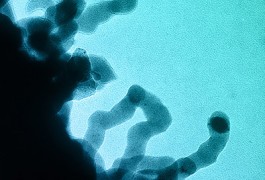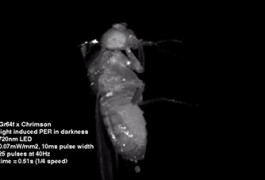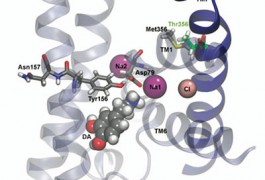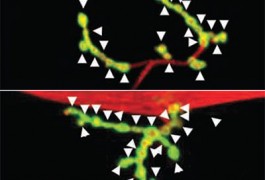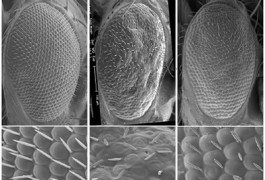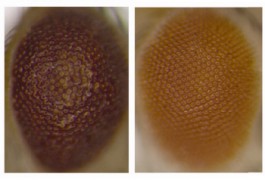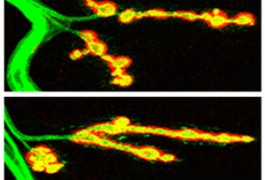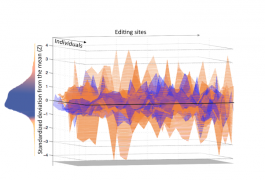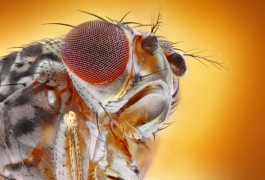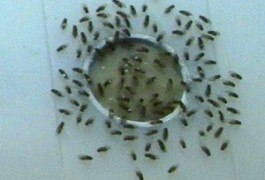Emerging importance of chromatin in autism risk
Sequencing studies over the past few years have made a dramatic and unexpected discovery: Many of the mutations in individuals with autism are in genes that regulate chromatin, which helps package DNA in the cell nucleus, say Gerald Crabtree and Aryaman Shalizi.
